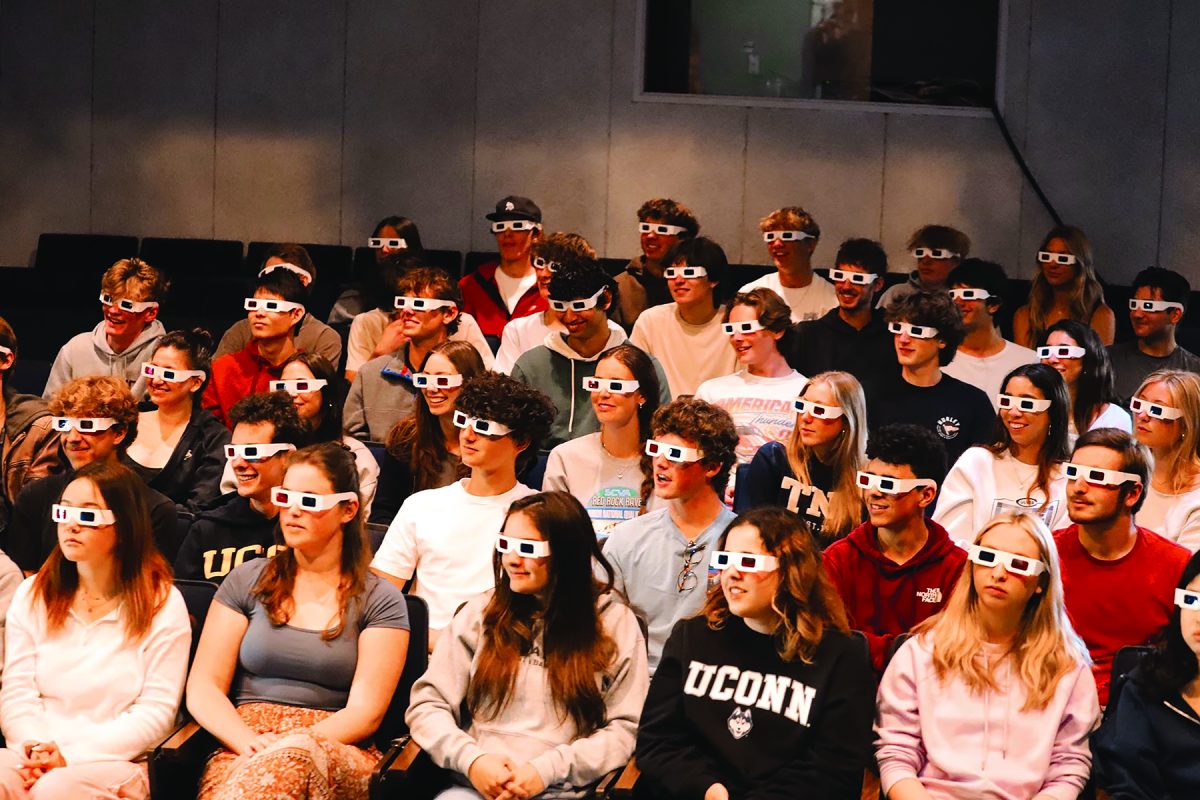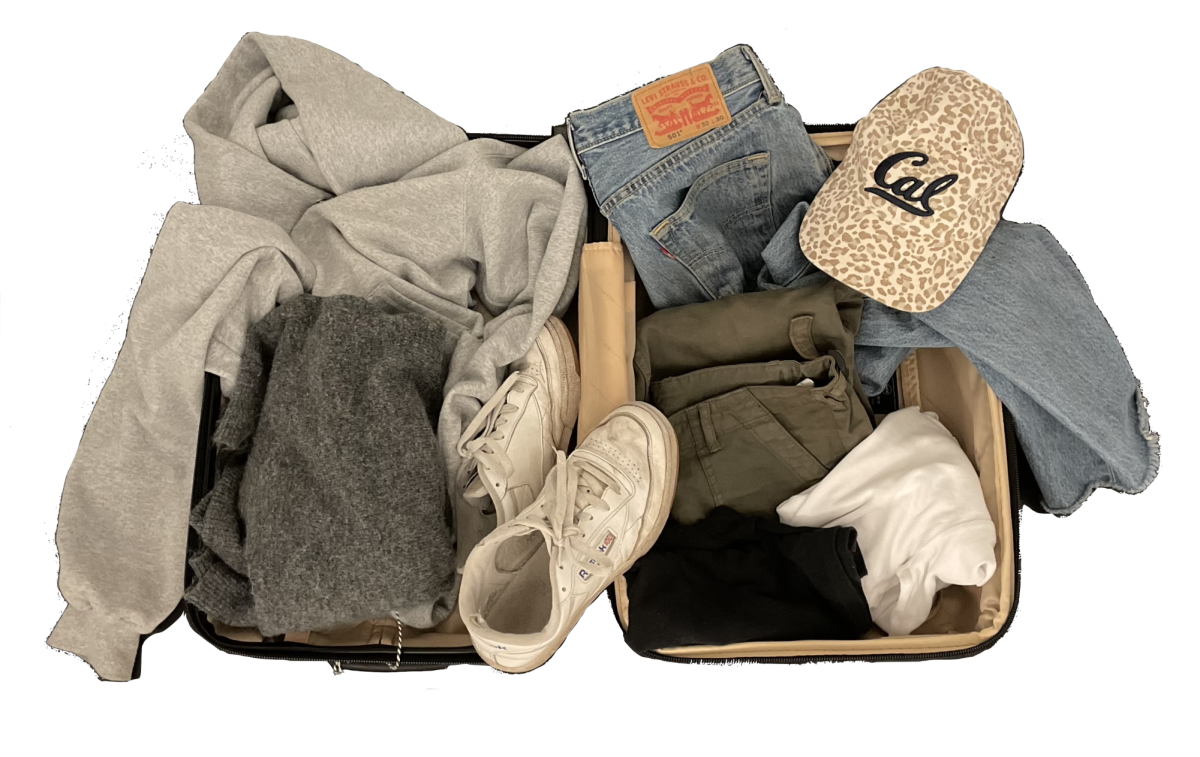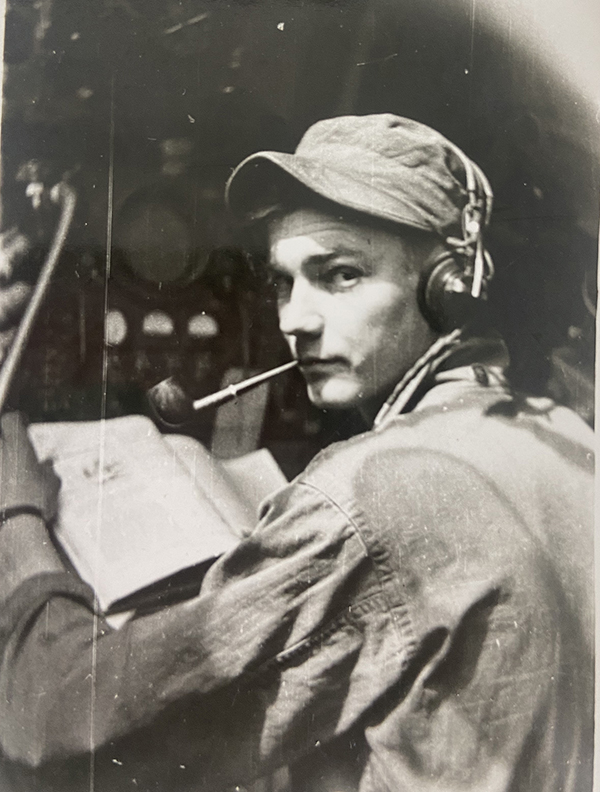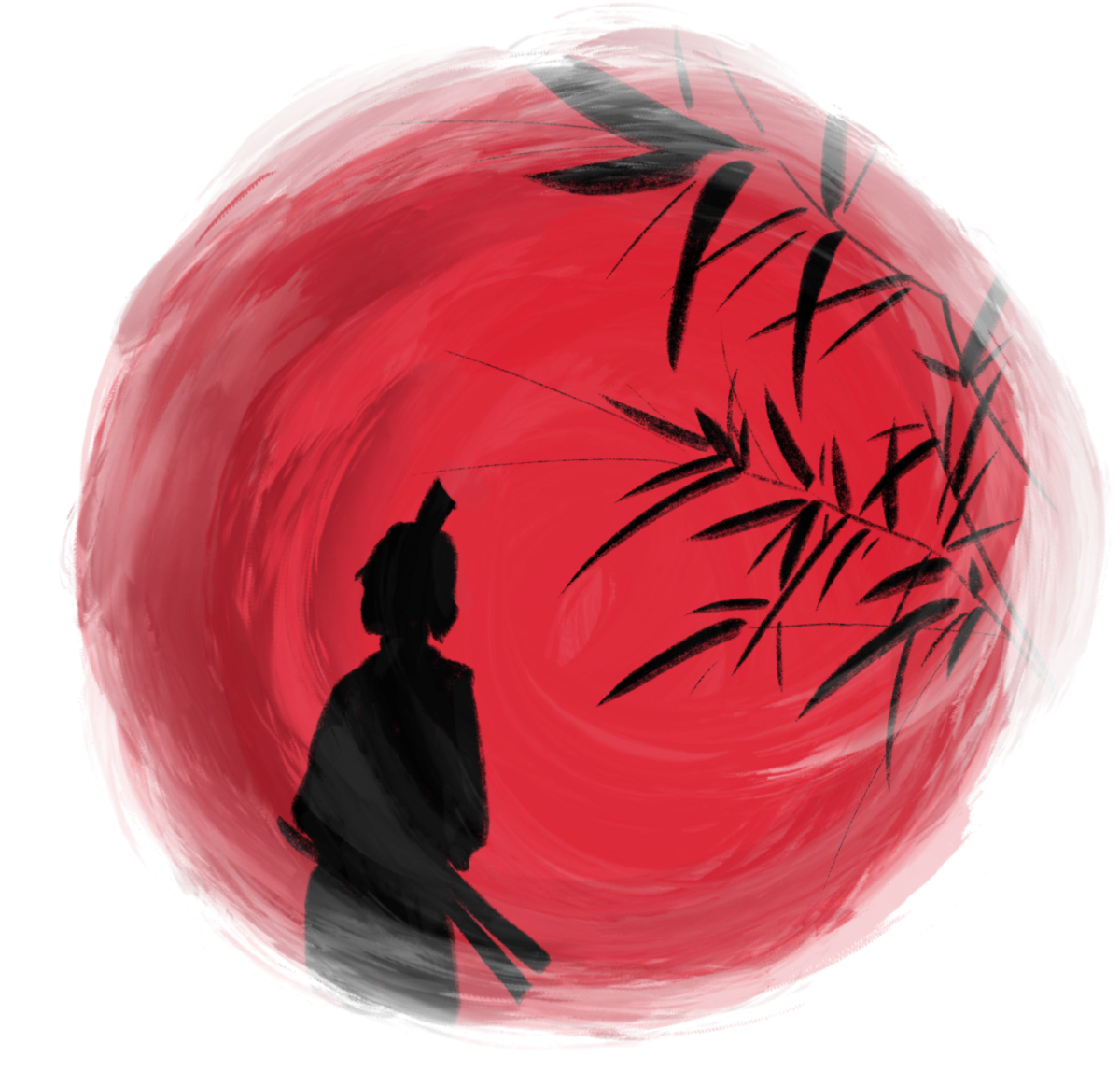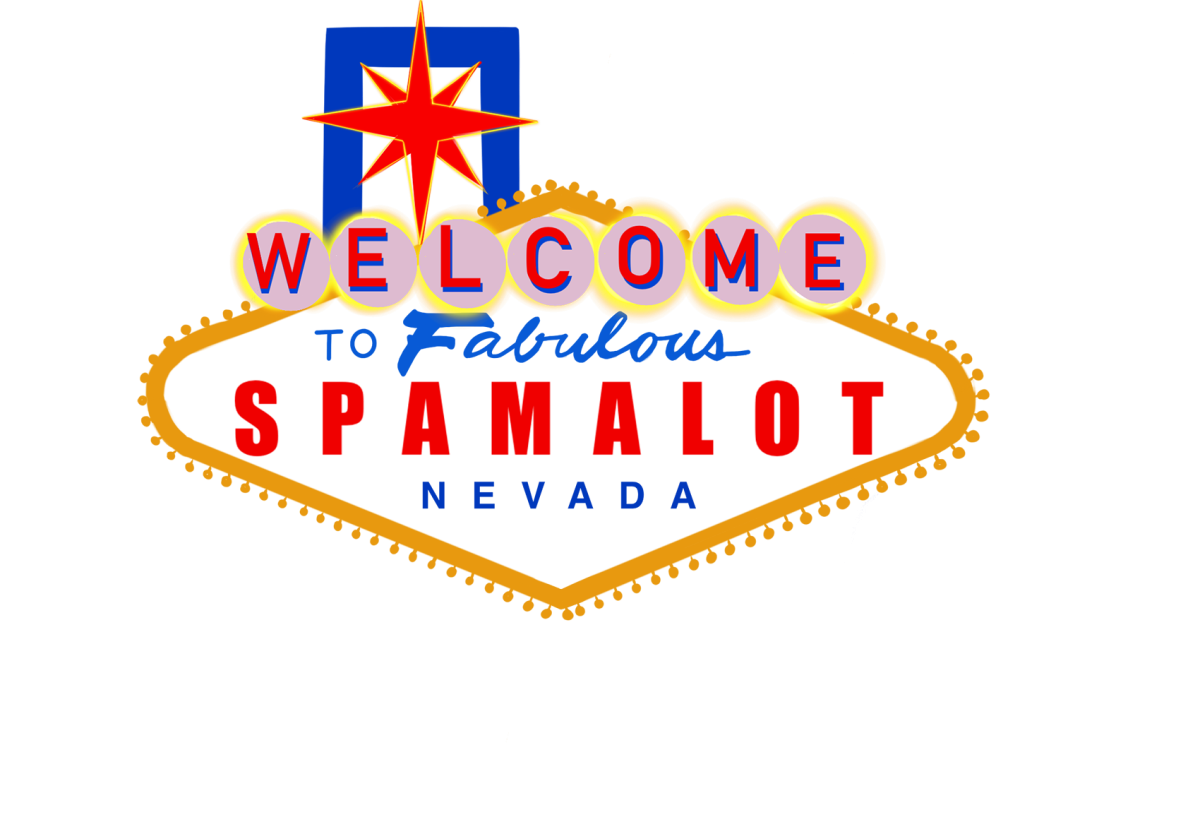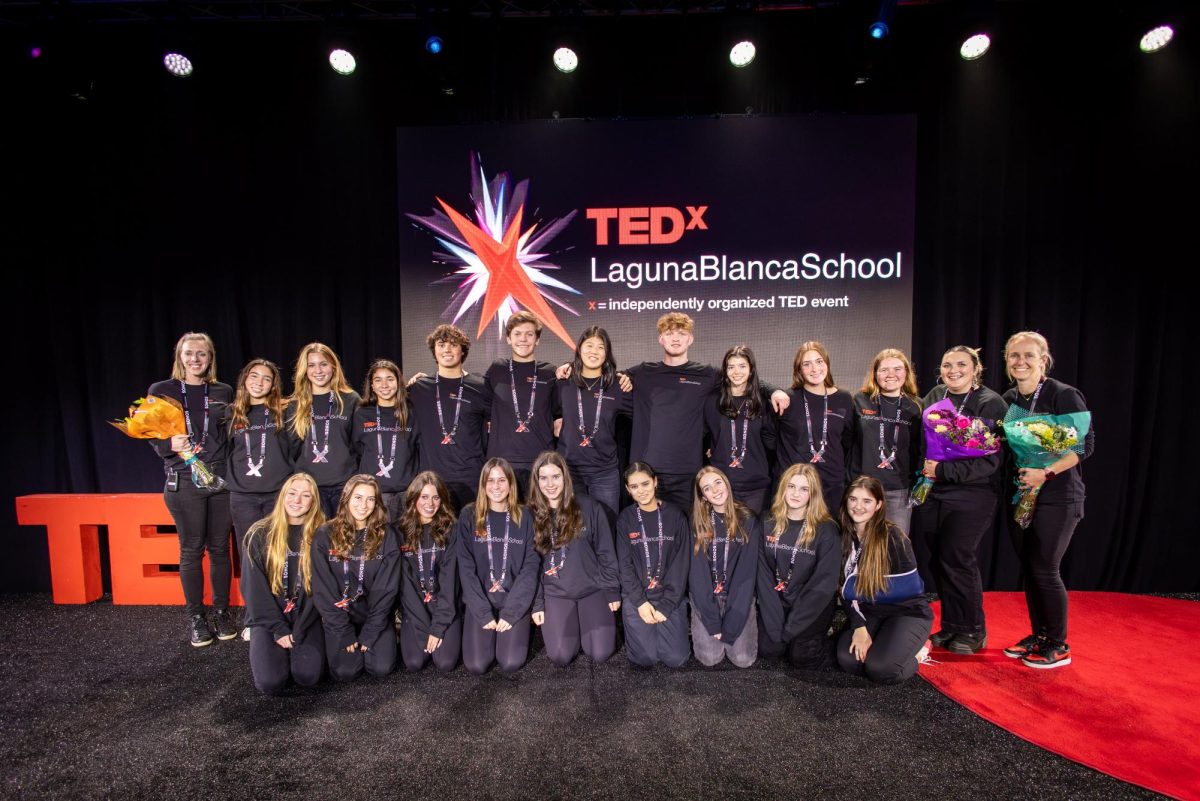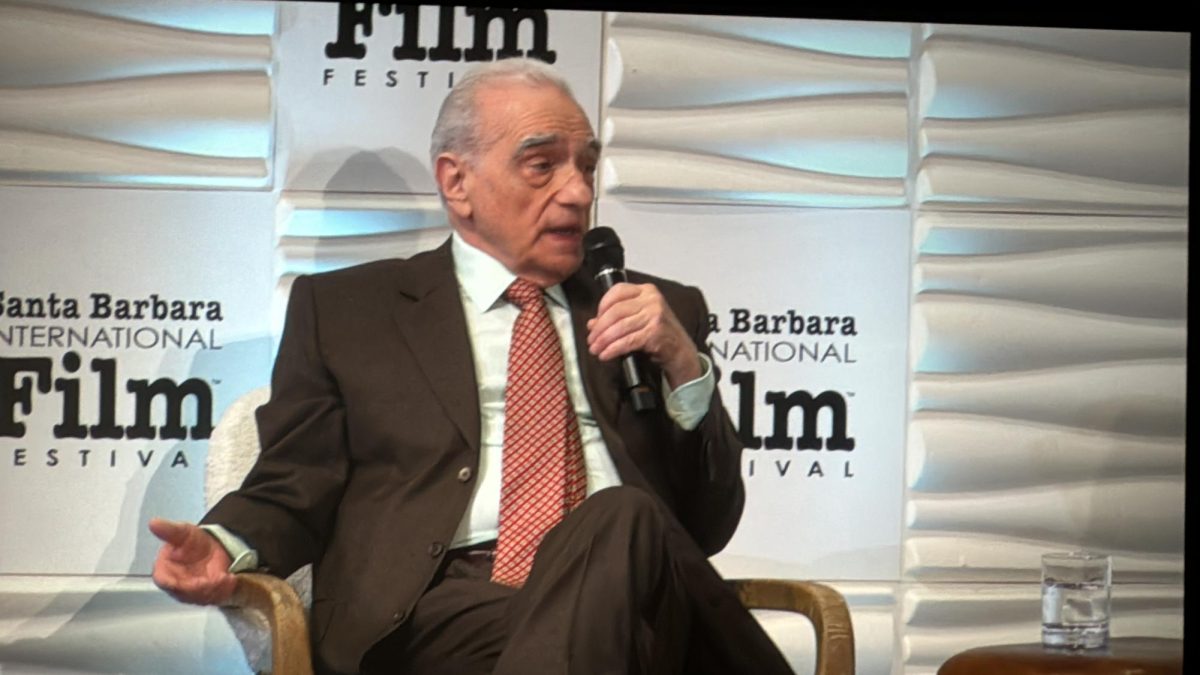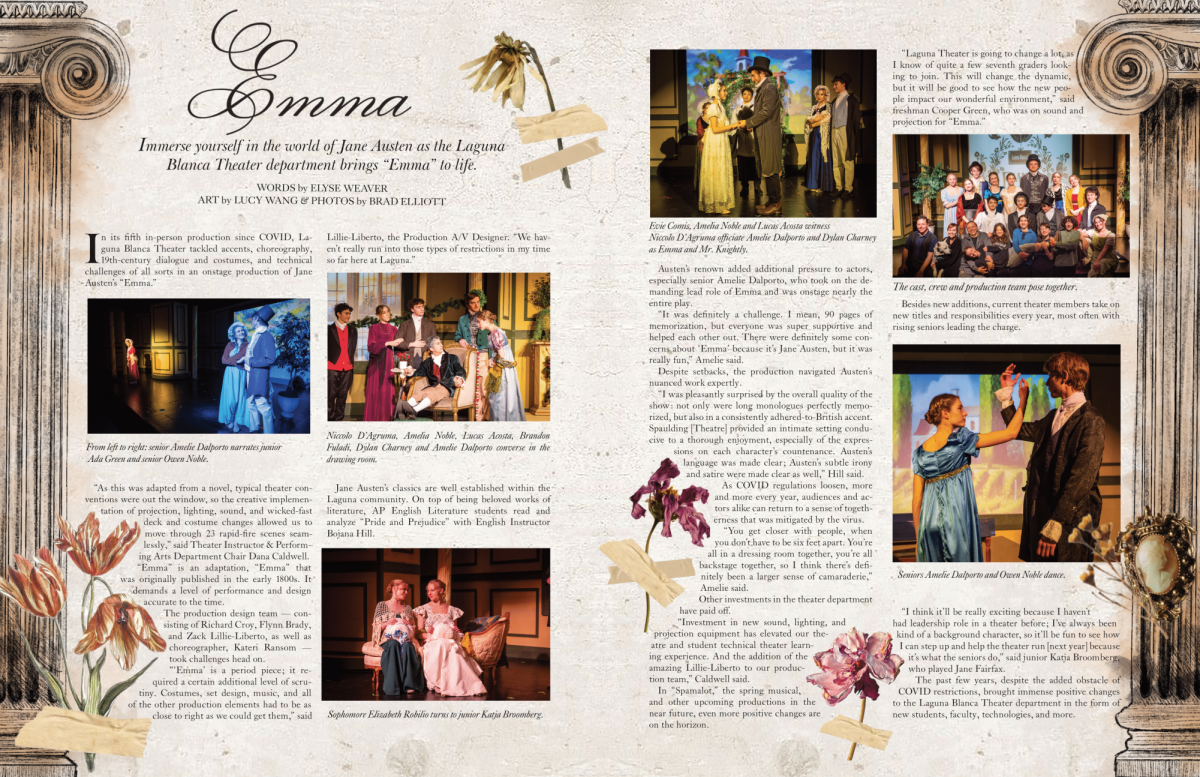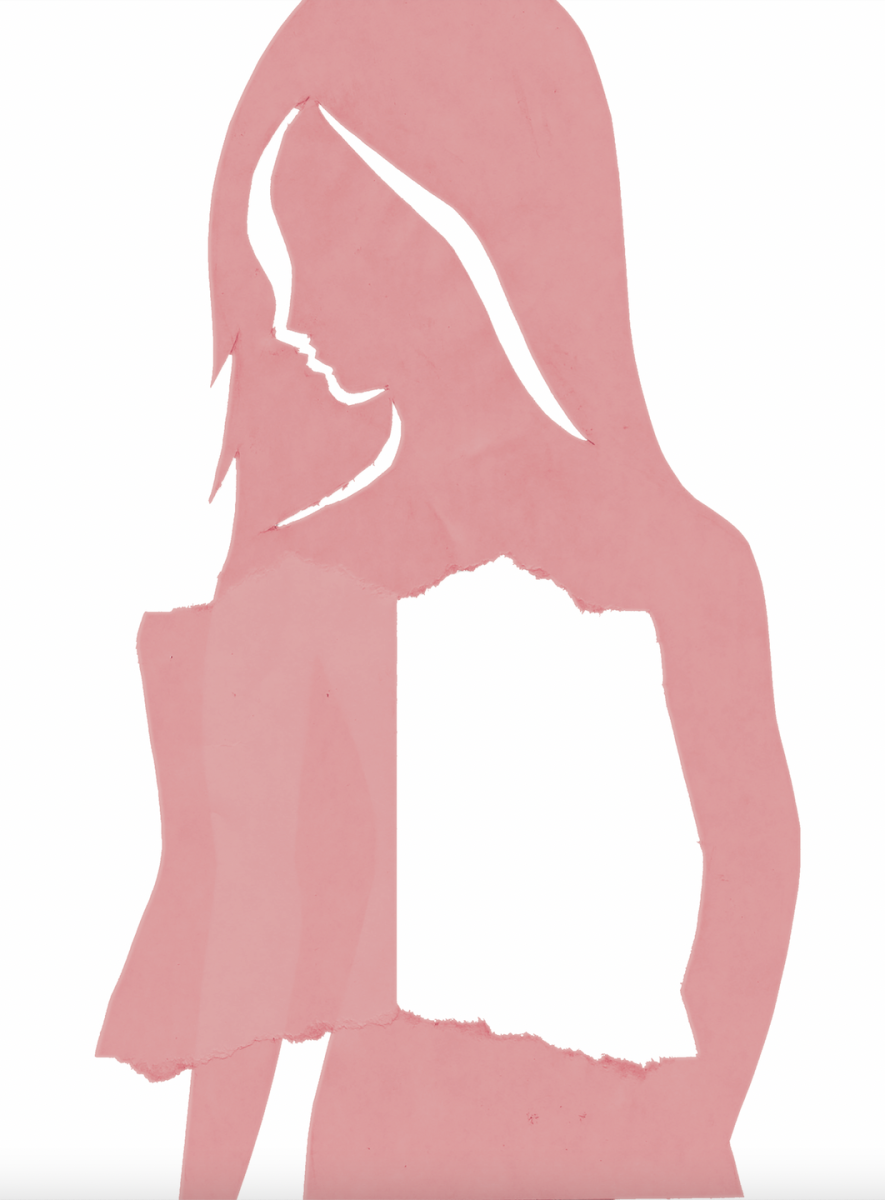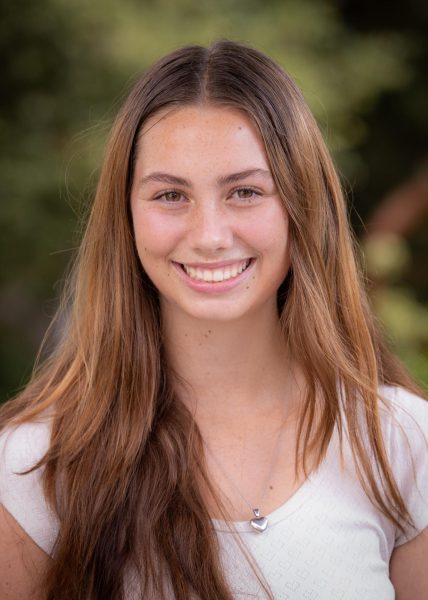Q: What Inspired You To Enlist?
A: A military man came to my high school (Lancaster High School) and spoke to the seniors who wanted to hear his talk. I had this idea of being a pilot, and this guy really brought it on by describing different things in the service as I listened. His talk inspired me to join up.
Q: How did you prepare for the service?
A: I took the flight physical in Los Angeles. I passed all the tests, and then I got my silver wings. At that time, I had enlisted in the Army Air Corps in February 1944. They told me to go home and wait to be called for active duty. In the meantime, I got a job fueling airplanes at an airbase. I waited and didn’t hear anything. I wrote a letter to the Army Air Corps back on the East Coast asking when I would be called to duty. The answer was that they had no openings in the Army Air Corps, but they had openings in OCS (Officer Candidate School) for the infantry (on-ground combat). I didn’t answer the letter because I didn’t want to go into the infantry. Finally, at the end of November or December of 1944, they brought in a group of young men from Orange County to Santa Barbara – about 80 of us – to go to Keesler Field in Mississippi for basic training.
Q: Where did you go to complete your training?
A: When we got to Mississippi, they said they had good news and bad news. Eight (of the 80 of us) went to preflight, and the rest, including myself, became gunners and mechanics on B29s. Because I was 6’2, I wasn’t allowed to be a gunner. I could be a pilot or navigator but not a gunner because you had to be under 6’0. This was when I went to Seattle, Washington, for B29 school. Learning the planes took several months. I eventually served on several bases, one in Oklahoma and another in Louisiana, before I was deployed.
Q: What was working on B29s like?
A: The B29 was the plane that flew in the South Pacific and dropped the atomic bombs. They had stopped building the B17s, which were in Europe. The B29 was a bigger airplane than the B17. It was a new design at the time for longer flights. When you are a crewman, you get into the cockpit, and in a regular airplane, you face the front. The B29 has a pilot, co-pilot, and flight engineer. The flight engineer sits at the console behind the co-pilot. You run the engines and check all the instruments in the morning before they take off for a bomb run (or any other flight).
Q: When were you sent overseas?
A: The war had ended when we went overseas. I went to a base in France, and from that base, I was sent to French Morocco, a place called Port Lyautey. Although I was in the Army Air Corps, I was stationed there on a Navy base.
Q: What was something unexpected about being stationed in North Africa?
A: There were 3 B17s at that base that we flew on photography missions to make complete maps of Europe and Africa. Once we were overseas, the only planes we had were B17s, so we had to adapt what we had learned from the B29 training. When I was in the back of a B17 for the first time with some pilots and navigators, one of them told me to roll up the tail wheel. I just sat there, and he asked if I had heard him. I told him I didn’t know what he was talking about. Apparently, there was a crank, which you turned to lower the tail wheel and slow down the aircraft. That was my first experience in a B17. The (B29) planes we were taught on were completely different than the B17s we flew.
Q: What did you do on the base?
A: I did fly every once in a while. As an engineer, I would sit in the cockpit of the B17s and run up the engines in the morning before they did photography. It was our job to make sure the planes were running smoothly before they did their missions. Every once in a while, we would go up to take photographs.
Q: What was your favorite part about working on the B17s?
A: In the back of a B17 where the gunners are there was a big opening at the back where the machine guns would be. A B17’s top speed was only 250 mph – not very fast, so you could stick your head out the window. It was pretty fun. When I flew, I usually flew in the back of the airplane. When I left to go home after release, I went back on a B17, and in the bomb bay, instead of bombs, they had pianos.
Q: What is a memorable story from your time overseas?
A: When I was on the base in Rabat, Morocco, the base commander at the navy base had an open house for everyone (including 50 Army Air Corps). I didn’t go. The next day, a friend of mine came to me and showed me a custom pen/desk set he had stolen from the commander. I didn’t say anything to him and never talked to him again after that. When a naval commander’s mission is finished the crew will prepare a custom desk set for him. I thought stealing it was a terrible thing to do and useless to the person who stole it. I remember being shocked that someone would do something so low.
Q: When did you leave the service?
A: 2.5 years into the service, my father died and I was notified by the US Red Cross. I was sent home in 1946.



